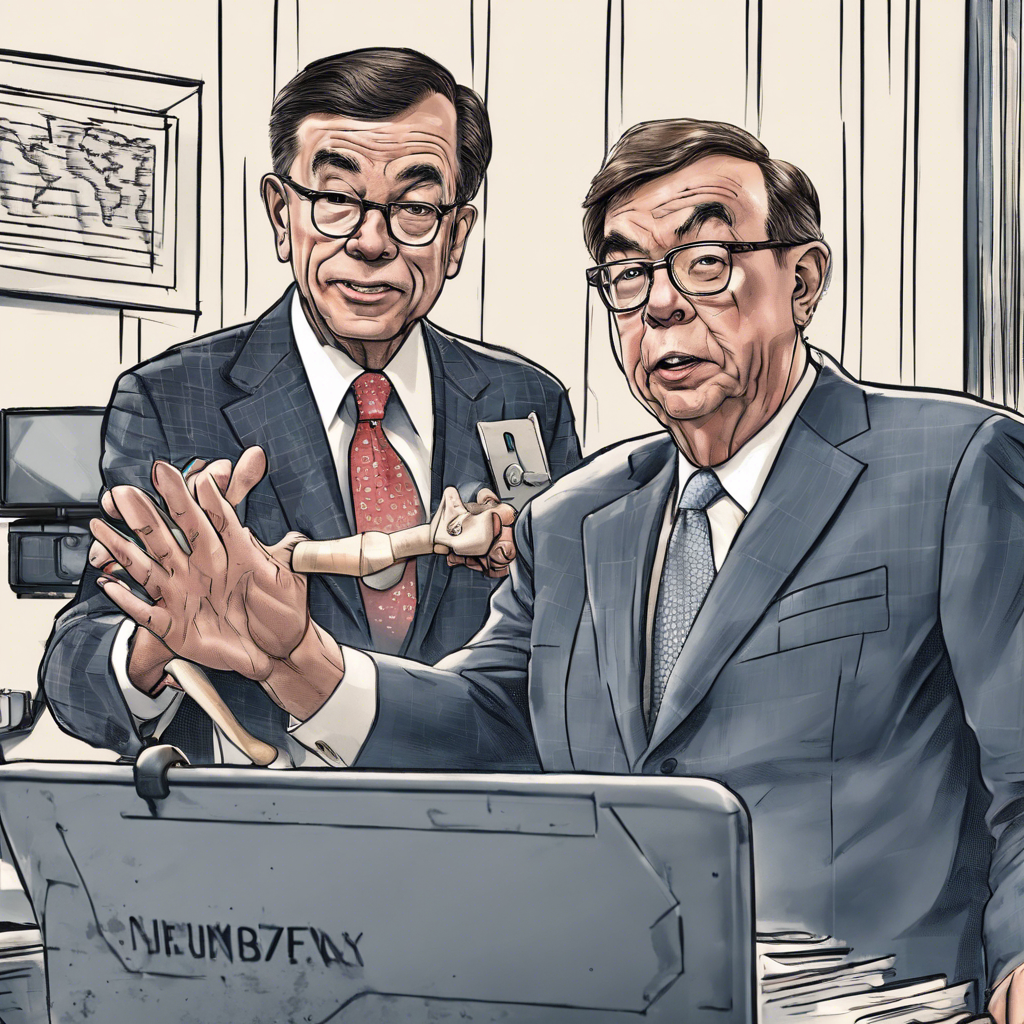U.S. Commerce Secretary Signals More Tech Export Controls Amid China Concerns

Gina Raimondo emphasizes the need for constant adaptation in technology exports to China, despite industry pushback
In an exclusive interview with CNBC, U.S. Commerce Secretary Gina Raimondo revealed that more controls on technology exports to China are on the horizon, signaling the U.S. government’s commitment to staying ahead of the rapidly evolving technological landscape. Raimondo acknowledged the concerns of the business community but stressed the importance of adapting to technological advancements and changes in China. These remarks come in the wake of the U.S. Department of Commerce’s announcement of sweeping export controls on advanced computing semiconductors and related manufacturing equipment in October 2022.
The Need for Constant Adaptation
Raimondo highlighted the necessity of constantly adapting to keep pace with technological advancements and changes in China. While acknowledging the desire of industry stakeholders for clear guidelines, she emphasized that technology and China are constantly evolving, necessitating a flexible approach to export controls. This approach reflects the U.S. government’s commitment to maintaining a competitive edge and safeguarding national security interests.
Export Controls on Advanced Computing Semiconductors
The U.S. Department of Commerce’s Bureau of Industry and Security introduced comprehensive export controls in October 2022, restricting the sale of certain advanced computing semiconductors and related manufacturing equipment to China. Raimondo justified these measures by highlighting the immense power of these semiconductors and the potential risks associated with their misuse. The aim is to prevent sensitive technologies from falling into the wrong hands, particularly in light of the growing threat posed by China.
Balancing National Security and Technological Development
While the U.S. has emphasized the need to restrict China’s military capabilities, the export controls also reflect the broader competition between the two countries in the realm of artificial intelligence (AI). Both nations are keen to develop their AI capabilities, as demonstrated by the recent launch of OpenAI’s ChatGPT. The export controls on advanced computing semiconductors can be seen as part of a broader strategy to safeguard national security interests while simultaneously ensuring the U.S. remains at the forefront of technological innovation.
Industry Concerns and the Path Ahead
The of export controls has raised concerns within the business community, which seeks clarity and predictability in trade regulations. However, Raimondo’s remarks indicate that the U.S. government is committed to a dynamic approach that can adapt to the evolving landscape. Balancing national security concerns with the need for technological development will require ongoing dialogue and collaboration between the government and industry stakeholders.
Implications for Global Tech Trade
The U.S. government’s continued focus on export controls highlights the increasingly complex and sensitive nature of global tech trade. As technological advancements continue to reshape industries and economies, countries must grapple with the dual imperative of maintaining national security and fostering innovation. The U.S.-China relationship, in particular, will play a crucial role in shaping the future of tech trade, with both countries vying for dominance in key areas such as AI.
Conclusion:
Gina Raimondo’s comments underscore the U.S. government’s commitment to adapting export controls on technology to keep pace with evolving threats and technological advancements. While industry stakeholders may seek clear guidelines, the rapidly changing nature of technology and China’s role in the global tech landscape necessitate a flexible approach. Striking a balance between national security concerns and fostering innovation will be crucial as the U.S. and China continue to compete in the realm of advanced technologies. The implications of these export controls extend beyond bilateral trade, shaping the future of global tech trade and the delicate balance between security and innovation.










